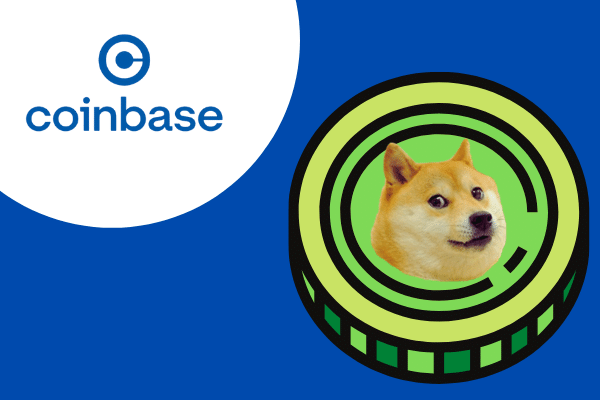
- Last secondary market traded price for Coinbase was an indicative price of US$350
- Expect high levels of volatility for Coinbase on listing, without the traditional underwriters and investor networks to support the price of Coinbase
In a statement on Tuesday, Nasdaq (+1.18%) has set a reference price of US$250 for Coinbase’s direct listing, which will start later today Asia time.
Setting a reference price is a requirement for trading in Coinbase’s stock, but unlike the share price in a standard IPO, it’s not a direct indicator of the company’s potential market capitalization – it’s just a starting point because one is needed to get things going.
Investors will have a better sense of valuing the largest cryptocurrency exchange by volume in the U.S. when shares actually start trading on Wednesday during U.S. trading hours.
According to Bloomberg News, Coinbase shares last changed hands in early March, which valued the cryptocurrency exchange at approximately US$90 billion, in what was one of the last chances for investors to trade its private stock before the company went public.
That valuation in March was based on US$350 a share, the price the stock was trading at on the Nasdaq Private Market auction, suggesting that the direct listing could see Coinbase stock surge well above that level and well over the reference price set by Nasdaq for the listing.
Unlike traditional IPOs, where new shares are created, underwritten and sold to the public, a direct listing does not involve the creation of any new shares and only existing, outstanding shares are sold, with no underwriters involved.
An underwriter typically works closely with a company going to IPO, including deciding the IPO price, helping with regulatory requirements, and buying the available shares of the company and selling them to investors via their distribution networks.
Networks typically include investment banks, broker-dealers, mutual funds and insurance companies.
Before an IPO, the company and its underwriter typically go on a “roadshow” where top executives present to institutional investors in order to drum up interest in purchasing the soon-to-be listed stock.
Gauging the interest received from network participants helps underwriters set a realistic IPO price for the stock and underwriters may also provide a guarantee of sale for a specified number of stocks a the IPO price and may also help to maintain price by purchasing anything in excess.
In a direct listing however, there is no support or guarantee for the share sale, no promotions and no “safe” long-term investors.
There’s also no defense by large shareholders against any volatility in the share price during and after a direct share listing.
In other words, Coinbase’s direct listing will see the chips lay where they fall, and despite the firm’s record profits in the past quarter, which exceeded all of 2020’s profits, investors can expect some degree of volatility out the gates, which will necessarily spillover into volatility in cryptocurrency prices as well.



